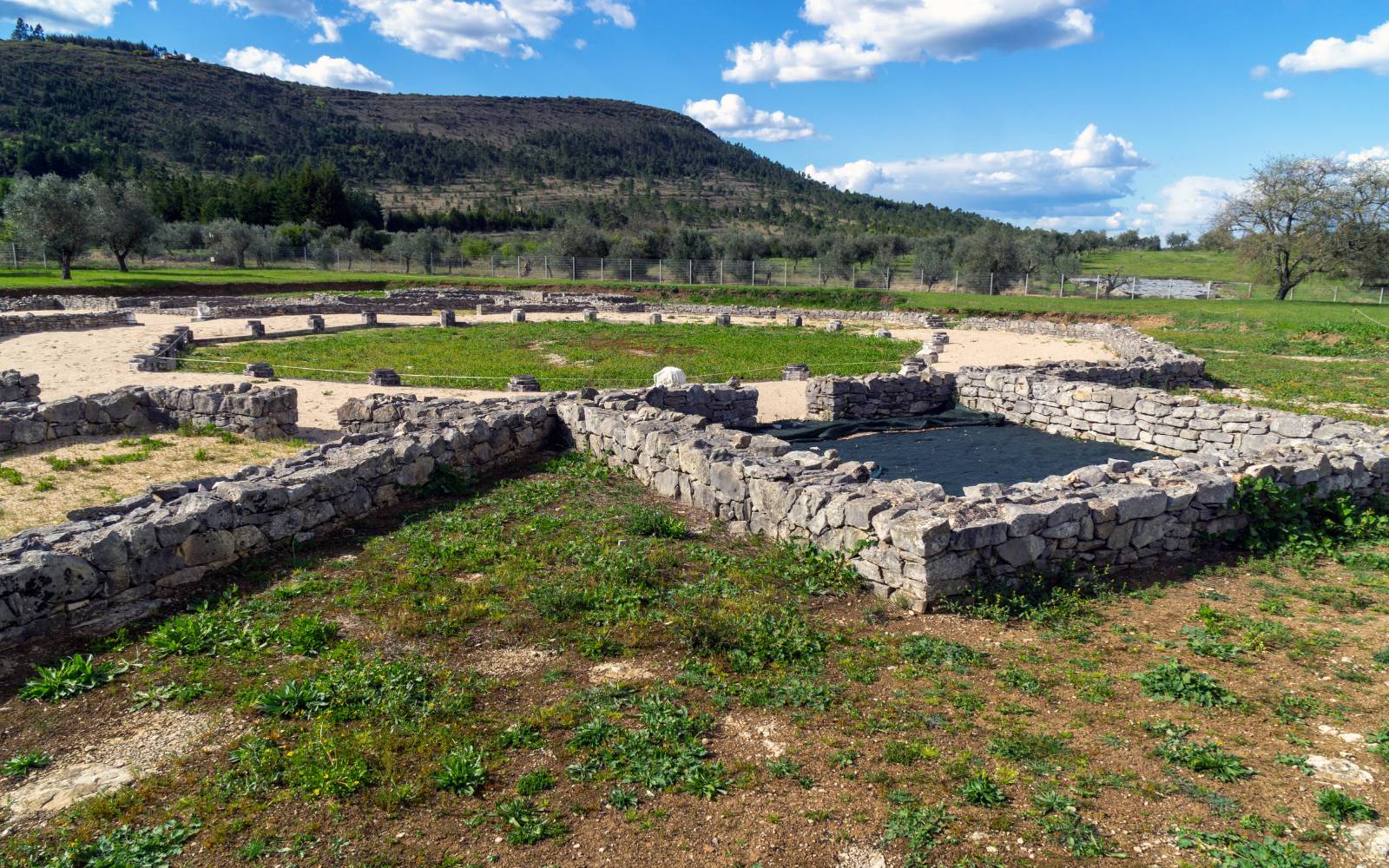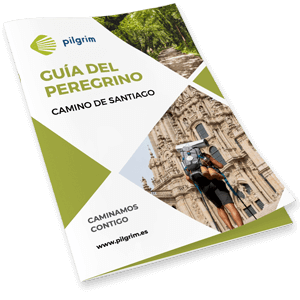Ponte da Lima
‹ Back to the stage
Ponte da Lima
- Residents: 2.800 aprox.
- Province:
Information
Get to know Ponte da Lima
This small town in Portugal stands out for its medieval architecture and its bridge over the river Minho-Lima that gives it its name. It is believed to be one of the oldest populations of the whole Portuguese country, reaching our days a multitude of legends and ancestral stories. Its historical importance is reflected in the existence of a palace of the court of the Kingdom of Leão in this same locality.
Location
How to get there
To get to Ponte de Lima from Vigo follow the AP9 to Tui and in Portugal continue on the A3. From Braga take the E1 straight to Ponte de Lima. To go from Viana do Castelo take the A 27 and in half an hour you will reach this town.
History / Culture
What to see
Pazo do Marqués
Located in the old town of Ponte da Lima and surrounded by fantastic and extensive gardens, the Paço do Marquês de Ponte da Lima is a building of great architectural and historical value, dating from the 15th century.
On the outside of the building are worth admiring its many Manueline-style windows as well as a cross and a calendar arranged on the facade of the building, whose date is changed daily. Today, this building houses the Tourist Office and also a point of sale of typical products.

Teatro Diogo Bernardes
The Diogo Bernardes Theater was built in 1893 and has an Italian style. It was inaugurated in 1896, although completely remodeled and renovated a century later, in 1999. It currently hosts the headquarters of the Ponte de Lima Opera and Classical Music Festival with a capacity for three hundred and ten spectators.
HOURS
Monday to Friday from 09:00 to 12:30 and from 14:00 to 17:30
From Monday to Friday from 09:00 to 12:30 and from 14:00 to 17:30
.
INFORMATION OF INTEREST
Telephone: +351 258 900 414

Ponte de Lima
The Ponte de Lima Bridge is a construction of Roman origin consisting of sixteen arches that are arranged over the Lima River. It was erected around the 5th century by the Romans in order to connect the cities of Braga and Astorga. Some time later, in the 14th century, Pedro I carried out its reconstruction, adding battlements and towers as a defense.
Recently, the bridge was remodeled and today you can walk on it. From Roman times the bridge retains five of its sixteen arches, as well as several milestone rocks.

Palacete Villa Morais
The Villa Morais mansion was built in 1892 at the request of João Rodrigues de Morais, a distinguished figure of Ponte de Lima. It is a building with Brazilian features and a mixture of different styles. The facade is of neoclassical style. The amplification of this mansion in the 1920’s denotes characteristics of the Arte Nova style, an example of which can be seen in the side door facing the park, the iron railings of the staircase and the basement windows. In its magnificent garden along with trees of large proportions, there is a lake crossed by two bridges of romantic inspiration.
The garden was built in the 1920s.

Museo dos Terceiros
The Terceiros Museum is located in the parish of Ponte de Lima and was established by the Church of the Third Order of St. Francis, being inaugurated in 1977. This museum collects, preserves and exhibits part of the sacred art present in Ponte de Lima.
In the 1980s an exhibition was organized inside where archaeological material from excavations carried out in the municipality of Ponte de Lima and surroundings could be appreciated.
HOURS
Tuesday to Sunday from 10:00 to 12:30 and from 14:00 to 18:00
From Tuesday to Sunday from 10:00 to 12:30 and from 14:00 to 18:00
FEE
General admission 2,50€
INFORMATION OF INTEREST
Phone: +351 258 753 136 E-mail: geral@museudosterceiros.com

Iglesia Santo António da Torre Velha
The Church of Santo António da Torre Velha is a temple of late Baroque style, located in the town of Ponte de Lima. It is a church of longitudinal plant composed of a nave, main chapel, sacristy and bell tower.
INFORMATION OF INTEREST
Phone: +351 258 942 335

Estatua Dona Teresa
Statue located in Ponte de Lima since this was considered the oldest village in Portugal. It is this land that Queen Teresa de Leão donated in March 1125. This statue commemorates the image of the queen.

Chafariz
Until 1603 the inhabitants of the village were supplied with water thanks to a single source called Fonte da Vila, but this supply was not enough. The Senate, in the year 1575 and seeing that it was necessary to promote another source of water, ordered the construction of the fountain of Chafariz at the entrance of Pinheiro, today known as Rúa de Don Pedro. It was in the year 1578 when it began to channel this source, being completed in the year 1603 and being formed by three cups.

Capilla das Pereiras
The Pereiras Chapel was restored in 1998 by the Municipality of Ponte de Lima and is equipped with one of the best viewpoints in the village, which can be used by any visitor. The building hosts exhibitions, music and theater performances, remaining open only when it has any of these activities.

Torre da Cadeia Velha
The Cadeia Velha tower was a place of imprisonment until the 60’s of the last century and was later used as a place to host the Historical and Municipal Archives. With its recent recovery, the tower remains dedicated to exhibitions, book launches, small colloquiums or conferences and also hosts the Tourist Office of Ponte de Lima.
HOURS
From Tuesday to Saturday from 14:00 to 18:00

Monte de Santa Maria Madalena
The hill of Santa Maria Madalena, where the chapel of the same name is located, offers magnificent panoramic views over the Lima valley. With its green meadows, rolling hills and white villages, it is the perfect place to take a break and admire the whole at the foot of the mountain.

Torre de San Paulo
The Tower of São Paulo is, together with the Caideia Velha Tower, the only medieval remains of the old walled enclosure of Ponte da Lima.
This is a square tower ornamented with gargoyles. On the wall of the tower facing the river, a large tile can be seen that reads as follows: “Cabras São Senhor”. This inscription alludes to a popular legend in which it is said that Afonso Henriques almost attacked a herd of goats when he mistook them for Moors.
<p
Parque Temático do Arnado
The Arnado Theme Park is included in the Global Project for the Valorization of the Lima River Margins. It is a theme garden that offers visitors a journey through the historical memory of the art of gardens, whose roots are deeply linked to rural culture. Pre-existing farm structures are reused in this space and integrated into the old cultivated fields, characteristic of different periods. In the botanical garden plantations are made with a pedagogical sense, highlighting the greenhouse surrounded by a lake. The rural culture remains present in the different elements, such as the irrigation systems through the tank and the granite watering troughs. It also highlights the large adro on the outskirts and the hórreo.

Iglesia de Nossa Senhora da Guia
The Church of Nossa Senhora da Guia was declared an Asset of Cultural Interest. It was built around 1630 on the site of a ruined hermitage dedicated to São Vicente Mártir. It is a seventeenth-century church with a single nave, preceded by a back room of sober lines, but with decorative elements, such as scrolls and leaves. This room and the adjoining house for the chapel date from 1746, together with other elements, such as the organ. The altarpieces are of national style, with polychrome tiles as if they were an 18th century carpet, highlighting elements of neoclassical style in the triumphal arch, the altar tables and the wall work.

Information of interest
Local police
+351 258 900 380
Fire department
+351 258 909 200
Civil protection
xxx
Town hall
+351 258 900 400
Health center
+351 258 909 290
Tourism office
+351 258 240 208
Passeio 25 de Abril

We send you your itinerary
Enter your details and receive your travel itinerary by email
Recommended
Gastronomy
Recommended
Festivals and Pilgrimages
Local festivity
Fechas variables: Feria do Porco
Local festivity
Julio: Festival “Percursos da Música”
Local festivity
Septiembre: Feiras Novas
Local festivity
Meses estivales: Festival Internacional de Jardines
Local festivity
Julio y Agosto: Feira do Livro
Local festivity
Segunda semana de Agosto: Feira dos Petiscos
Local festivity
Última semana de Julio: Feira do Cavalo
Local festivity
Primera semana de Agosto: Festival Internacional de Folclore
Portuguese Way
On foot
25 stages



























